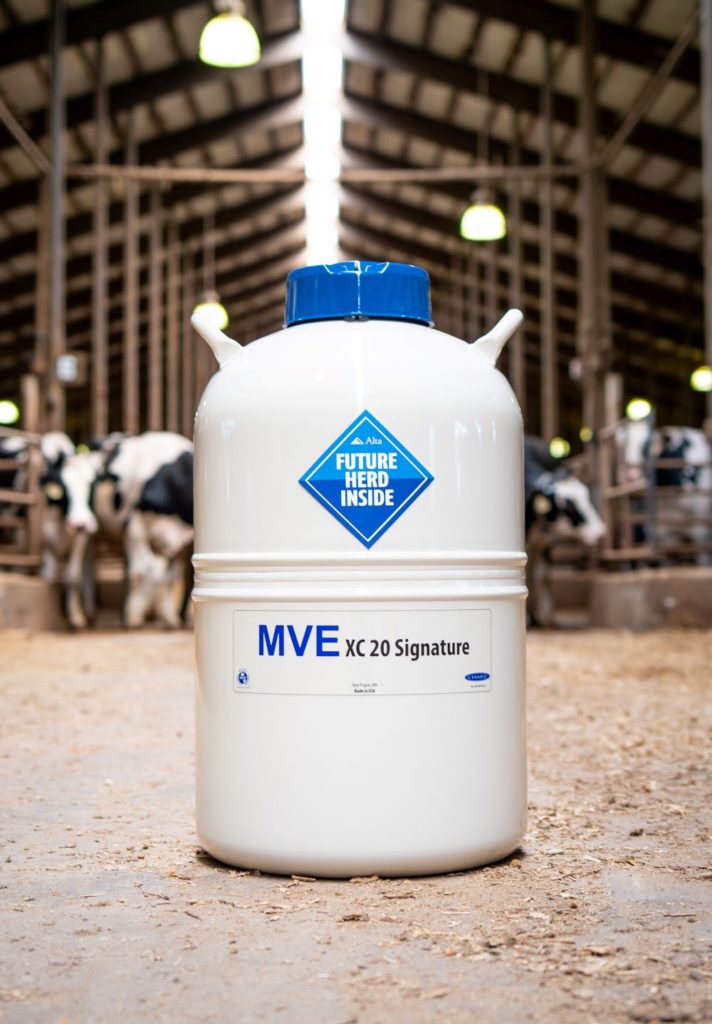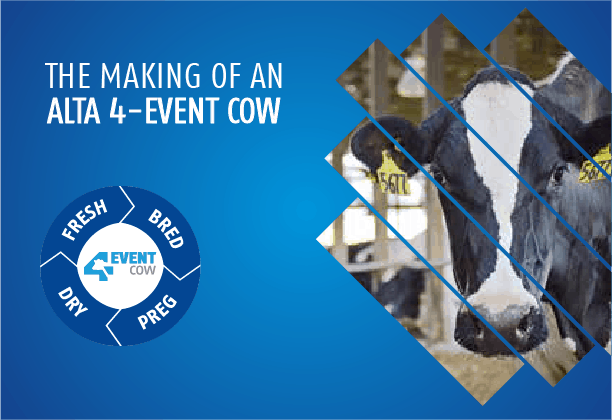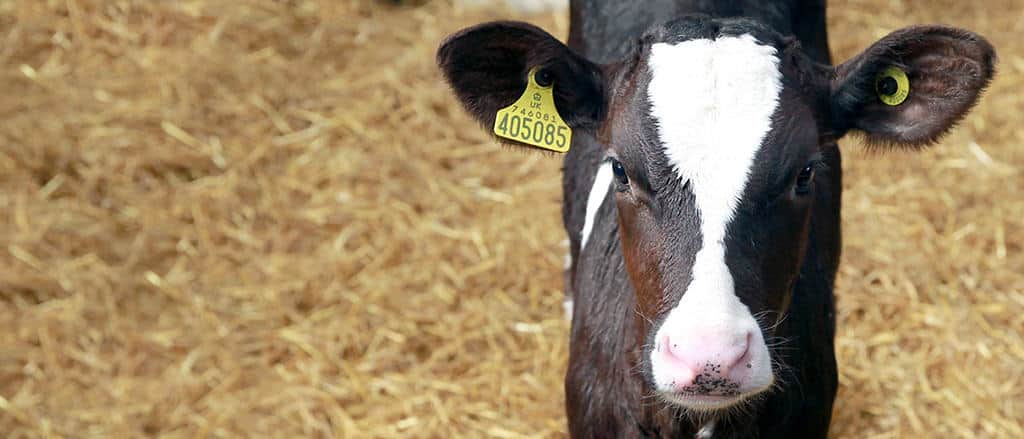The importance of transition cow management is well-known. But until recently, there have been unknowns about early disease indicators which impact the health of transition cows and heifers.
Activity monitoring systems like Alta COW WATCH have changed the game. The ability to track individual cow activity during the dry period and early lactation has given us a wealth of insights and data – data which has recently been used to identify potential red flags during the transition period for early intervention. Let’s explore some instances where activity monitoring data can be used as an indicator for transition cow success.
Eating time data and time to first service
Launched in the Netherlands in 2016, the “Sense of Sensors in Transition Management Study” uses activity-monitor sensor data and regular veterinary check-ups to develop early indicators and benchmarks for a successful transition cow period. The study recently uncovered a relationship between eating time during transition and earlier first service, which could have an impact on your dry cow feeding strategy. Dry cows with longer eating time four weeks before calving were ready to be bred back sooner than cows who ate for less time. Cows with longer eating times three to four weeks after calving were also ready to be bred back sooner. Activity monitoring systems enable farmers to monitor individual cow and overall herd eating time. These systems send alerts when a cow’s eating time drops or when it’s lower than the herd average. The alert empowers the farmer to intervene, adjust the feed plan, call a veterinarian or pencil out a new dry cow feeding program. Early intervention can result in improved eating time and cows that breed back sooner.
Eating activity and milk production in transition cows
Eating data from activity monitoring systems can also indicate a healthy lactation. Low eating time in transition cows during the dry period can be an early indicator for lost body condition, low milk production, diseases and/or longer time to first insemination during lactation. Feed plan adjustments can be made based on eating time data and desired milk production. On one farm in the study, fresh heifer milk production was underperforming compared to older cows. Activity monitoring data showed cows spent 24% of the day eating, which is normal. Upon ruling out eating time as an issue, the farmer dug deeper and observed that older, more aggressive cows at the feedbunk were sorting the roughage. As a result, fresh heifers weren’t getting the right nutrients. Activity monitoring data showed immediate desirable changes after the farmer changed his feeding strategy to eliminate sorting. The changes included increased rumination time, increased lying time and less competition at the feedbunk. Younger cows received a better balance of nutrients to help maximize milk production. Average milk production for first-lactation cows increased by 4%. In this real-life example, activity monitoring data told the farmer fresh heifer eating time was normal. Normal eating time pointed to a potential feed nutrient issue, which he identified visually and was confirmed with sensor data. The data also enabled the farmer to monitor the immediate impact of the management change. This demonstrates how sensor data generates value when paired with farmer knowhow on feeding strategy, feed management and pen characteristics.
Chewing activity and ketosis, hypocalcemia incidence
Activity monitoring data on chewing activity (eating and rumination) can be used to detect early signs of ketosis and hypocalcemia in transition cows. Cows that chew less throughout the entire dry period are at higher risk of developing these metabolic diseases. Based on benchmarks established in the study, activity monitoring in transition cows can detect subtle changes in eating and rumination activity which are consistent with ketosis or hypocalcemia, before visual symptoms appear. In one real-life example, the cow chewing activity dropped significantly the day before calving and remained depressed until she received treatment for ketosis, which wasn’t visibly diagnosed until day six. Activity monitoring systems will show you when depressed chewing data lasts longer than a day or two. Farmers can then determine if there is a pen-wide management issue or an individual case of ketosis. Early detection and treatment of ketosis and other metabolic diseases before clinical signs can result in significant cost savings. Ketosis’ impact extends beyond early lactation, so it’s important to catch at-risk cows early and intervene for lactation-long productivity.









